Nanoparticles disrupted the placenta’s secretion of biomolecules essential for blood vessel growth, hormone production, and immune function.


Nanoparticles disrupted the placenta’s secretion of biomolecules essential for blood vessel growth, hormone production, and immune function.
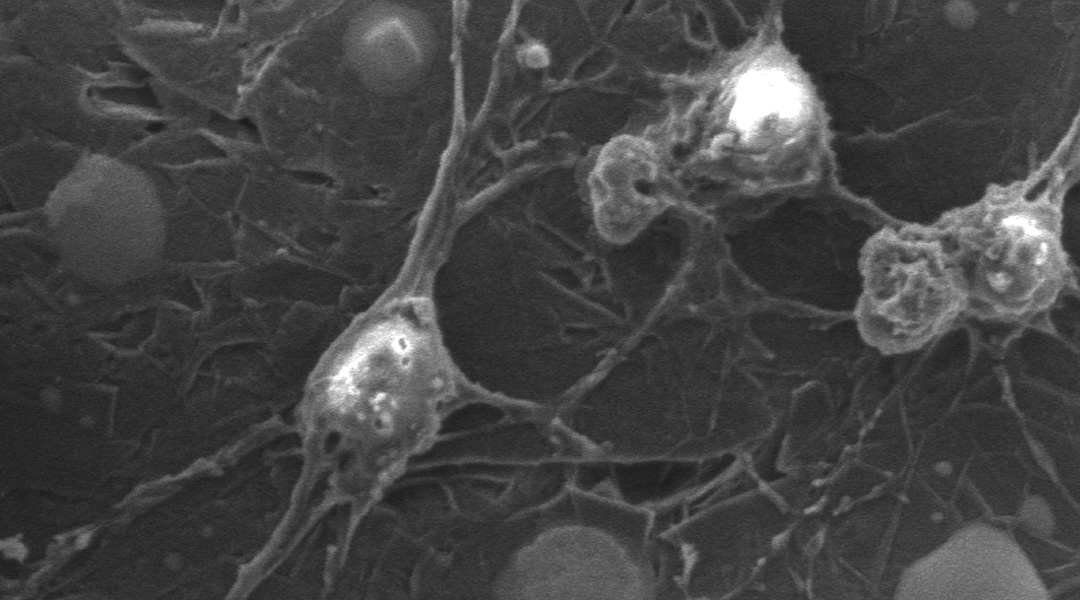
A patch delivers electrical pulses to help support stem cell growth, helping mice recover mobility in their hind legs in preliminary studies.
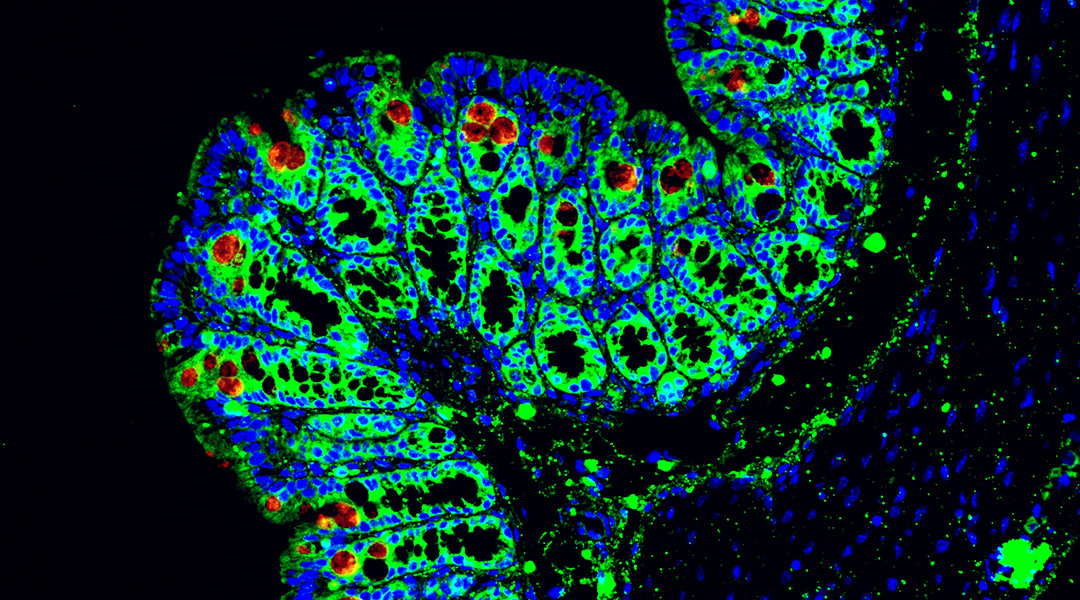
Scientists discover interactions between gut bacteria and immune cells that cause inflammatory bowel disease in glycogen storage disease.
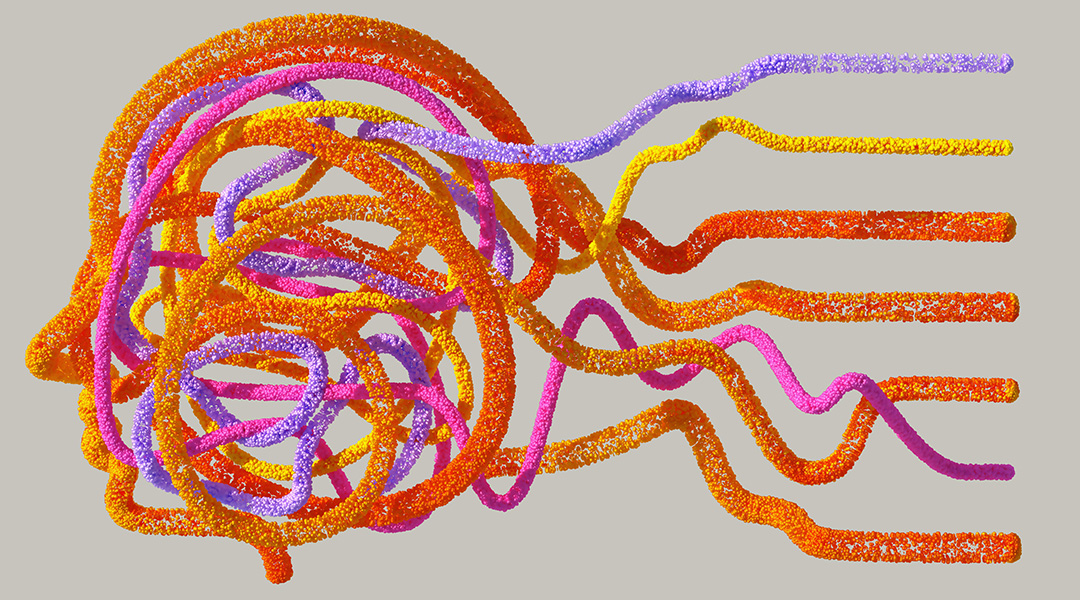
Preventing sudden and unexpected death hinges on accurately predicting the onset of epileptic seizures, even those with the rarest occurrences.
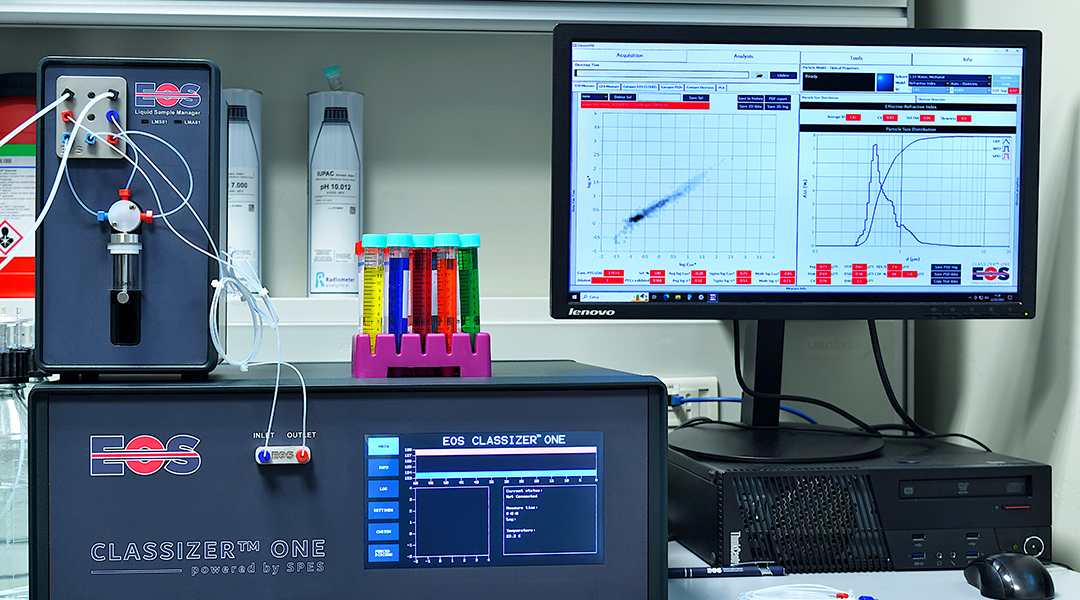
Applying an advanced light-scattering technique, scientists could quantify the microplastics released when plastic containers were heated.
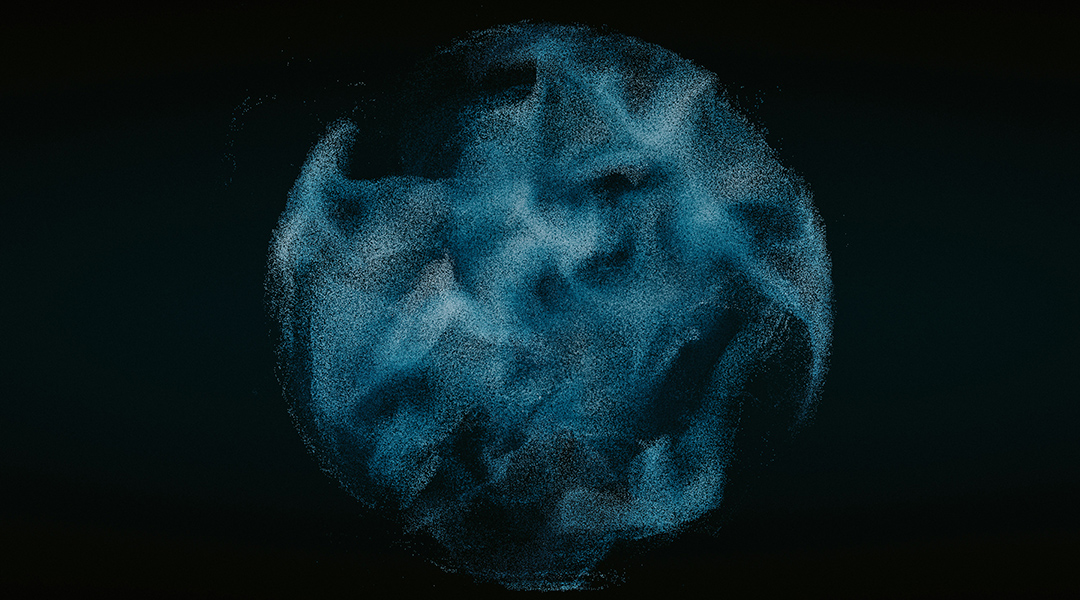
1 in 10 women suffer from polycystic ovarian syndrome, yet its fundamental workings remain largely unknown.
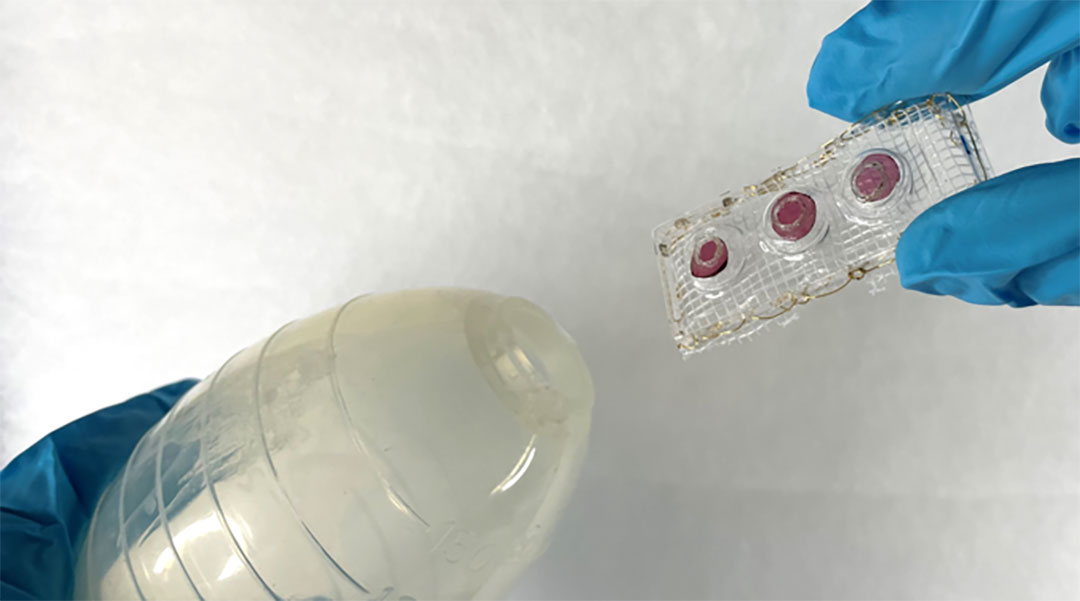
Enzymes embedded into a plastic strip enable the rapid, naked eye-detection of incompletely healed tissue following abdominal surgery.

Lab-made model of human blood vessels provides accurate insights into effects of snake venom and could help develop new antivenoms.

Scientists are approaching disease and diagnosis in a new way, leverage big data to provide better options for both clinicians and patients.

Harnessing bacteriophages’ natural prowess, scientists crafted an antibacterial material for use in medicine and the food industry.